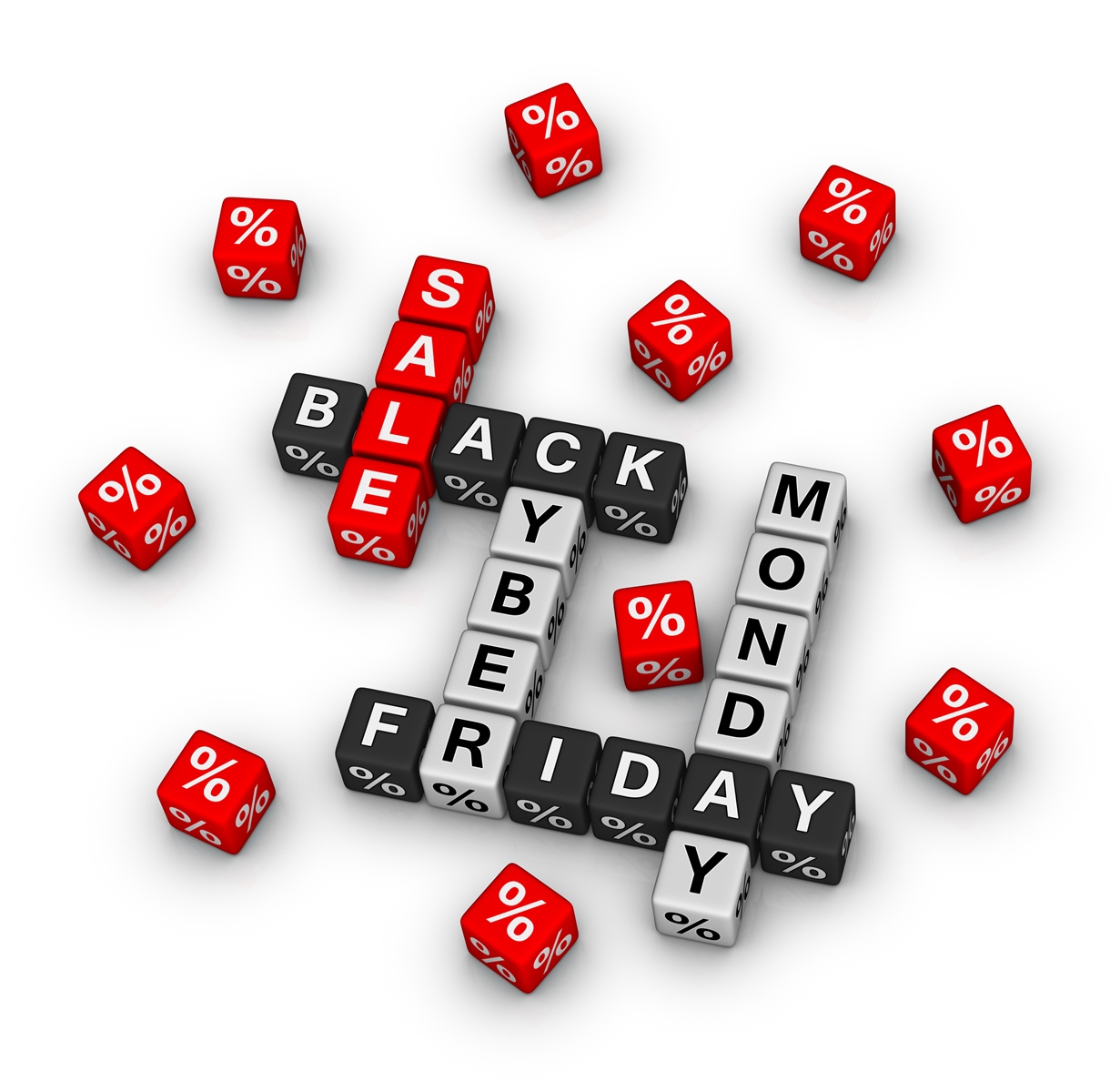Editor’s note: Phil Ahad is vice president at Toluna QuickSurveys, Washington, D.C.
For many retailers, Black Friday and Cyber Monday are pivotal moments for the bottom line. Understanding what incentivizes consumers to shop by taking a closer look at the when, where, how and what is key if brands want to maximize these mega shopping events.
 Heading into these two major shopping holidays, Toluna QuickSurveys polled American consumers* on what brands need to know to stay ahead of the game and encourage spending.
Heading into these two major shopping holidays, Toluna QuickSurveys polled American consumers* on what brands need to know to stay ahead of the game and encourage spending.
The poll showed that Black Friday hasn’t lost its charm yet and that Cyber Monday is quickly becoming an equally important shopping event for consumers. Nearly half of the survey respondents (48 percent) intend to shop Cyber Monday and about 40 percent intend to spend more than last year. But as purchasing habits continue to shift and consumers become increasingly savvy, it’s important for brands to accurately understand what’s motivating consumers this season.
Here’s a breakdown of several key survey findings:
How much consumers plan to spend for Black Friday 2016:
- 15 percent, less than $100;
- 19 percent, $101 to $250;
- 23 percent, $251 to $500;
- 17 percent, $501 to $1,000;
- 10 percent, $1,001 to $5,000;
- 4 percent, $5,001+; and
- 8 percent do not plan to spend any money on this day.
How much consumers plan to spend for Cyber Monday 2016:
- 20 percent, less than $100;
- 21 percent, $101 to $250;
- 19 percent, $251 to $500;
- 14 percent, $501 to $1,000;
- 10 percent, $1,001 to $5,000;
- 4 percent, $5,001+; and
- 9 percent do not plan to spend any money on this day.
When consumers start to look for Black Friday and Cyber Monday Deals:
- 2 months before – Black Friday 17 percent vs. Cyber Monday 13 percent;
- one month before – Black Friday 32 percent vs. Cyber Monday 29 percent;
- the week before – Black Friday 32 percent vs. Cyber Monday 34 percent;
- the day before – Black Friday 7 percent vs. Cyber Monday 11 percent; and
- will not be looking for deals ahead of time – Black Friday 10 percent vs. Cyber Monday 11 percent.
What consumers will shop for on Black Friday and Cyber Monday:
- automotive – Black Friday 21 percent vs. Cyber Monday 16 percent;
- beauty and health – Black Friday 36 percent vs. Cyber Monday 26 percent;
- books and magazines – Black Friday 24 percent vs. Cyber Monday 27 percent;
- clothing and shoes – Black Friday 49 percent vs. Cyber Monday 34 percent;
- food and wine – Black Friday 28 percent vs. Cyber Monday 20 percent;
- electronics and technology – Black Friday 44 percent vs. Cyber Monday 38 percent;
- jewelry – Black Friday 33 percent vs. Cyber Monday 25 percent;
- office and business – Black Friday 22 percent vs. Cyber Monday 22 percent;
- pets – Black Friday 21 percent vs. Cyber Monday 21 percent;
- sports and hobby – Black Friday 33 percent vs. Cyber Monday 26 percent;
- tools and hardware – Black Friday 30 percent vs. Cyber Monday 21 percent;
- toys – Black Friday 42 percent vs. Cyber Monday 27 percent; and
- travel – Black Friday 18 percent vs. Cyber Monday19 percent.
Where consumers prefer shopping for the following items:
- automotive – online 30 percent vs. in-store 70 percent;
- beauty and health – online 35 percent vs. in-store 65 percent;
- books and magazines – online 57 percent vs. in-store 43 percent;
- clothing and shoes – online 40 percent vs. in-store 60 percent;
- electronics and technology – online 59 percent vs. in-store 41 percent;
- jewelry – online 36 percent vs. in-store 64 percent;
- office and business – online 48 percent vs. in-store 52 percent;
- pets – online 30 percent vs. in-store 70 percent;
- sports and hobby – online 46 percent vs. in-store 54 percent;
- tools and hardware – online 37 percent vs. in-store 63 percent;
- toys – online 48 percent vs. in-store 52 percent; and
- travel – online 72 percent vs. in-store 28 percent.
How consumers like to receive their coupons/deals:
- 7 percent via text;
- 10 percent via social media;
- 37 percent via e-mail;
- 13 via newspapers;
- 6 percent via magazines;
- 17 percent via e-coupons; and
- 7 percent don’t receive coupons.
What encourages consumers to buy items online:
- 39 percent customer testimonials and online reviews;
- 39 percent loyalty rewards;
- 24 percent word-of-mouth;
- 60 percent extra discounts;
- 52 percent delivery speed and dependability;
- 36 percent easy to understand return policy;
- 47 percent no extra fees;
- 35 percent free add-ons such as free samples; and
- 2 percent none of the above.
*This data included in this article is from a survey fielded on October 12, 2016. A total of 891 completes, ages 18-55, were used.
